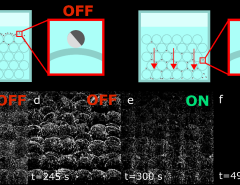Authors: David Shulman, Assaf Israeli, Yael Botnaro, Ori Margalit, Oved Tamir, Shaul Naschitz, Dan Gamrasni, Ofer M. Shir, Itai Dattner
Published on: March 13, 2024
Impact Score: 7.8
Arxiv code: Arxiv:2403.08653
Summary
- What is new: The use of Physics-Guided Neural Networks (PGNNs) with physics-guided inverse regression for agricultural quality assessments is a novel advancement.
- Why this is important: Traditional assessment methods of crop quality are slow, not scalable, and lack practicality.
- What the research proposes: Integrating Fick’s second law of diffusion with neural networks to create a model that improves the scalability, speed, and accuracy of crop quality assessments.
- Results: Empirical validation on cucumbers and mushrooms showed the model significantly outperforms traditional computer vision techniques in postharvest quality evaluation.
Technical Details
Technological frameworks used: Physics-Guided Neural Networks
Models used: PGNN with physics-guided inverse regression
Data used: Quality metrics of cucumbers and mushrooms
Potential Impact
Agricultural tech companies, quality assessment vendors, and food supply chain stakeholders could be significantly impacted.
Want to implement this idea in a business?
We have generated a startup concept here: AgriQual Insights.



Leave a Reply